X Headquarters, Texas: A Vision for the Future of Architecture
X Headquarter, Texas. @cb_doge
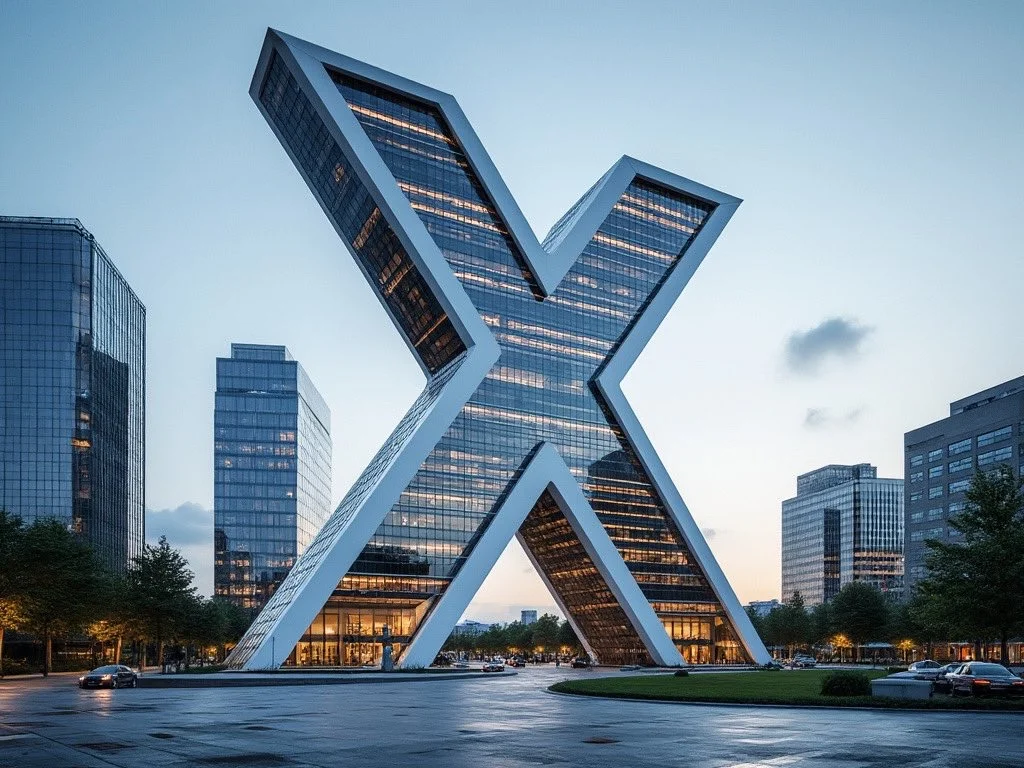
@SkillsGapTrian Nice. Good thinking! That X-shaped building render is perfect! Elon should build this. It’s not just about having the nicest building there is, and the coolest building that is; it’s about sending a message that it’s not good these “weak”, “rectangular”,“thin stick like”, “tall” buildings that we do in America.
That X building is the best-looking and most inspired design we’ve seen — perfect for a prime spot in Texas.
It’s time someone meet with the architects and talk to them maybe to reconsider the way they design their buildings.
Cities should move past the usual skyscraper race, of building “narrow“ and “tall“ buildings that are hard to escape, boring to navigate, challenging to navigate, and easy to destroy with earthquakes, missiles, Saturn like hurricanes from climate change, and nuclear strikes. Modern buildings are not only structurally extremely fragile in their core design of an unsupported pillar that reaches into the sky, but are all about climbing and very little about travelling. Humans like to navigate the world horizontally much more than going up vertically.
In 21st century, architects should think more creatively, with more focus on stability and anchoring designs forever into the Earth, and with more enduring mindset of everlasting durability, and with much thought to sustainability and resilience and the avoidance of the need to knock down buildings once they are built.
The X building design taps into such timeless principles as we see in the pyramids — enduring, stable, and it looks like it would be made with solid materials (non perishable materials, glass, concrete, copper, etc..)
‘Also, it is also little bit appropriate for Elon to have a building with inspiration and glory an achievement mindset in engineering and in design, something a little bit more challenging than creating vanilla ice cream buildings from wall-mart, sort of like how Ramses 2 was inspired a little for buildings.’
Why are modern architects so hung up on rectangles and extreme height? Their job is to make buildings safe, and strong, not to see how many levels they can make. Is the goal great architecture, powerful engineering, and everlasting construction? Or is modern building design a stacking competition of levels for the lowest price and least building life-cycle length? Buildings aren’t suppose to touch the sky, as they aren’t airplanes. And they aren’t suppose to be built with such short duration timeline lifespans, that it is questionable if they last longer than a Porsche or not.
We should be exploring width and angular, polygonal shapes like triangles, pentagons, hexagons, and other multi-sided figures that provide real stability, and real ability for people to travel along the flat axis that they usually travel Earth at, and even at inclines or declines within such polygonal structures.
Maybe Elon can engage with some forward-thinking architects in Texas to rethink how we build our structures.. (and maybe even one day help Alberta advance to better building designs. .so we can finally break free of all these terrible 20th century philosophies and technologies— not just sticking to the old ways and hoping the stick buildings of the 20th century stay up in a turbulent world of the 21st century! Because they won’t!!!
Hopefully, the X building headquarters can serve as a beacon of a new age of modern city development, where angular building construction rises in North America to spark a shift towards more sensible, durable, sustainable, and highly stable architectural design and forever lasting, and in fact everlasting construction practice.
Great work on this concept;it’s precisely the kind of innovation we need more of! You have a good architect at X!
Elon, maybe you were meant to rebuild all the cities into cities of Pyramids and Pyramid like buildings of the future! Maybe starting with Texas! Maybe one day you will own an AI building design, engineering and construction company that builds stronger buildings and stronger cities! Next Generation Cities!
Think of the Rocky Mountains! Incredibly Strong! Maybe you were meant to make the cities of the world strong angled and expansive, like the Rocky Mountains range of Canada or the Pyramids of Egypt!
ENGINEERING CONSIDERATIONS:
-
Base and Stability: Pyramids have a significantly wider base compared to their height, which naturally makes them more stable. This design distributes weight more evenly and reduces the load on any single point, enhancing stability against tipping forces such as wind or seismic activity. In contrast, skyscrapers, which are taller and narrower, concentrate loads more vertically and can be more susceptible to toppling under extreme conditions.
-
Wind Resistance: The sloped sides of a pyramid could potentially offer better aerodynamics when facing wind loads compared to the flat sides of typical skyscrapers. This design can help deflect wind forces around the structure rather than resisting them head-on, which is often the case with rectangular high-rises. The angled building or the Pyramid like building should withstand and deflect severe and intense winds and storm, as seen on Saturn, much better than skyscrapers we have today.
-
Earthquake Resistance: The pyramid’s mass distribution, with most of the weight closer to the ground, can make it inherently more resistant to earthquakes. Traditional skyscrapers rely heavily on engineering solutions like tuned mass dampers and base isolators to achieve a similar level of seismic stability.
-
Material Usage: Pyramids typically require a massive amount of material, especially near the base, which contributes to their strength but also makes construction more resource-intensive. Modern skyscrapers use advanced materials like steel and reinforced concrete designed to withstand high stresses, allowing them to reach great heights with less material relative to their volume.
-
Durability Over Time: The ancient pyramids of Egypt have stood for millennia, demonstrating incredible durability. However, they have served very different purposes compared to skyscrapers and have not faced modern environmental stresses like pollution or continuous habitation. Modern skyscrapers are built with technologies aimed at longevity and durability, but they require more maintenance due to their complex systems and materials.
-
Ergonomics and Psychological Space Navigation: Pyramid: The design of a pyramid, with its expansive base and gradual incline, allows for more natural horizontal movement, which aligns well with human ergonomic preferences for walking long distances on flat or gently sloping surfaces. This could make the interior spaces of a pyramid more naturally navigable and less reliant on vertical transportation like elevators or stairs, which are often seen as less comfortable and more energy-intensive. Skyscraper: Skyscrapers, with their vertical emphasis, require the use of elevators and stairs to navigate between levels, which can be less ergonomic and may not provide the most psychologically comforting space. The constant vertical travel can be tedious and unnatural for humans who prefer more expansive horizontal spaces.
-
Resistance to Explosive Forces (Nuclear Blasts, Missiles, Artillery):Pyramid: Due to its massive, dense structure and wider base, a pyramid could potentially offer superior resistance to explosive forces. The sloping sides might deflect some of the blast away, reducing the impact pressure at any single point. Its sturdy build could withstand greater shockwaves without collapsing. Skyscraper: While modern skyscrapers are designed to withstand considerable forces and can include blast-resistant features, their taller, narrower profile makes them more vulnerable to toppling or significant damage from high-energy impacts like missile strikes or nuclear blasts.
-
Hurricane Resistance: Pyramid: The aerodynamic shape of a pyramid, with sloping sides, could potentially divert strong winds around the structure more effectively than the flat surfaces of a skyscraper. This design minimizes the wind load on the building, offering potentially better resilience in hurricane conditions or climactic catastrophes in the Earth’s atmosphere from climate change. Skyscraper: While skyscrapers are engineered to sway and absorb the energy from high winds, their higher profiles catch more wind, which can put immense pressure on the structure. The right engineering can mitigate much of this, but the pyramid shape naturally offers better wind deflection.
-
Ice Age Resistance: Pyramid: A pyramid’s design, with most of its structural mass and insulation concentrated at the base, might better retain heat in extreme cold conditions like an ice age. Its shape could also potentially minimize the accumulation of ice and snow on its surfaces, which would reduce weight and structural strain. Skyscraper: The vertical design of rectangular stick buildings would likely struggle with heavy snow and ice accumulation, which can add dangerous loads to the structure. Moreover, the higher surface area exposed to cold winds could lead to greater heat loss, though modern materials and building technologies might help mitigate these effects.
NOTE ON RAMSES II:
Ramses II, also known as Ramses the Great, stands out as one of the most famous and celebrated pharaohs of ancient Egypt. He ruled for an impressive 66 years, from 1279 to 1213 BC, during Egypt’s 19th Dynasty in the New Kingdom era, which is often regarded as the height of Egypt’s power and cultural glory.
Military Exploits: Ramses II is renowned for his military prowess, particularly highlighted by his role in the Battle of Kadesh against the Hittites — one of the largest chariot battles ever recorded. Although the battle itself was tactically inconclusive, it led to the first known peace treaty in history, which Ramses forged with the Hittite Empire.
Monumental Constructions: Ramses was a prolific builder whose architectural endeavours are still admired today. He constructed some of Egypt’s most famous architectural works, including the awe-inspiring temples at Abu Simbel with their enormous rock-cut façade featuring four colossal statues of the pharaoh. He also expanded the temple of Karnak, added a new temple at Luxor, and built the Ramesseum — a vast mortuary temple complex near Thebes.
Economic Prosperity: Under his rule, Egypt enjoyed considerable economic prosperity, thanks in part to the stability he brought to the empire. This allowed for significant agricultural and building projects, further solidifying his legacy.
Criticism: Despite these achievements, Ramses II’s reign wasn’t without its challenges. His extensive building projects demanded vast amounts of labour and resources, potentially straining the empire’s economy and workforce. Additionally, the glorification evident in his monuments and texts sometimes overshadows the real military and political challenges of his reign, including struggles to maintain control over Egyptian territories.
Legacy: Overall, Ramses II is generally seen as a successful ruler who contributed immensely to Egypt’s cultural and architectural heritage. His legacy is visible in the numerous structures and monuments he left behind, reflecting both his prowess and his desire to be remembered as a great king. His well-preserved mummy, housed in the Egyptian Museum in Cairo, provides a direct link to Egypt’s powerful past, marking him as a “good” pharaoh in the eyes of many historians and archaeologists
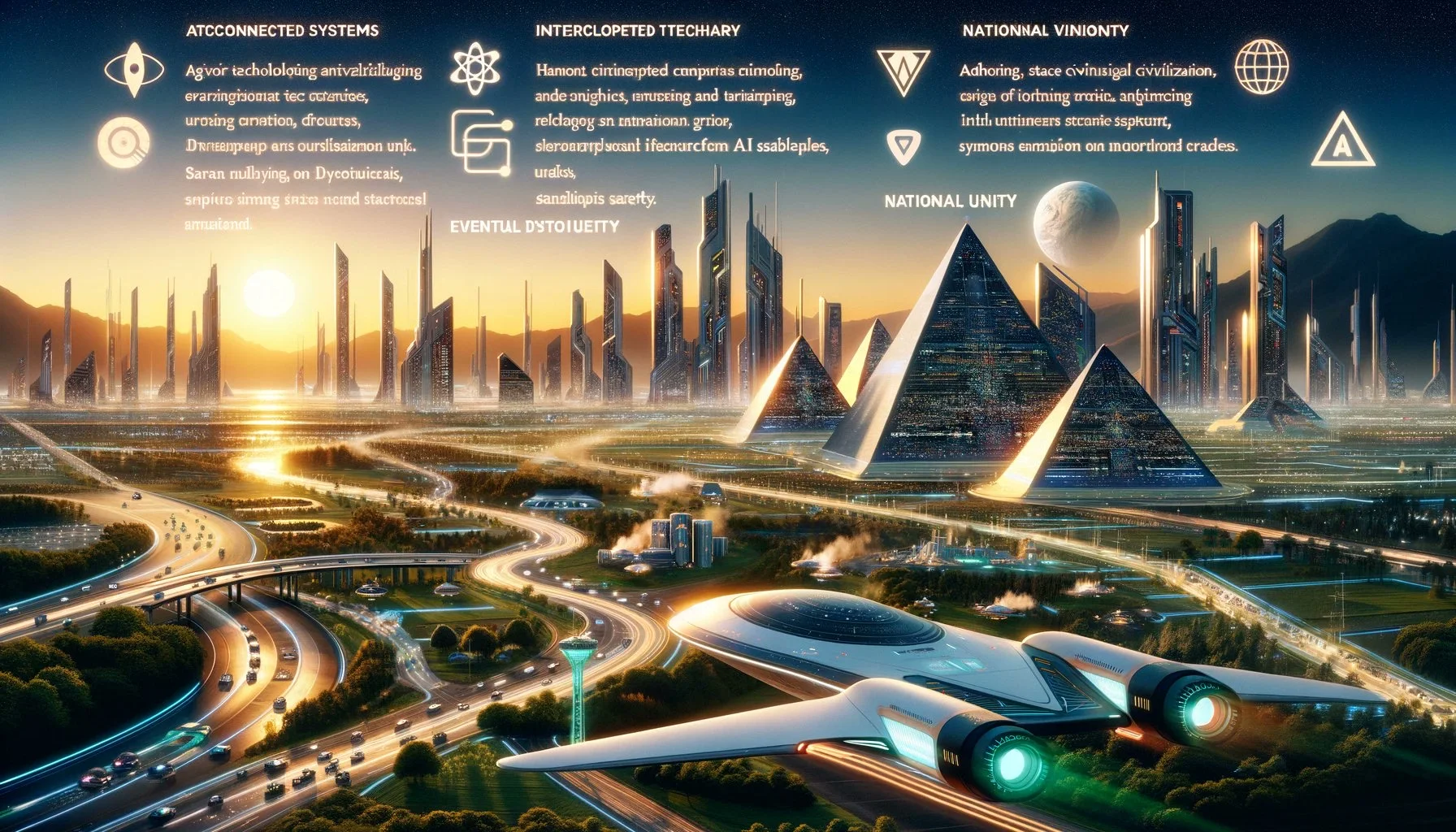
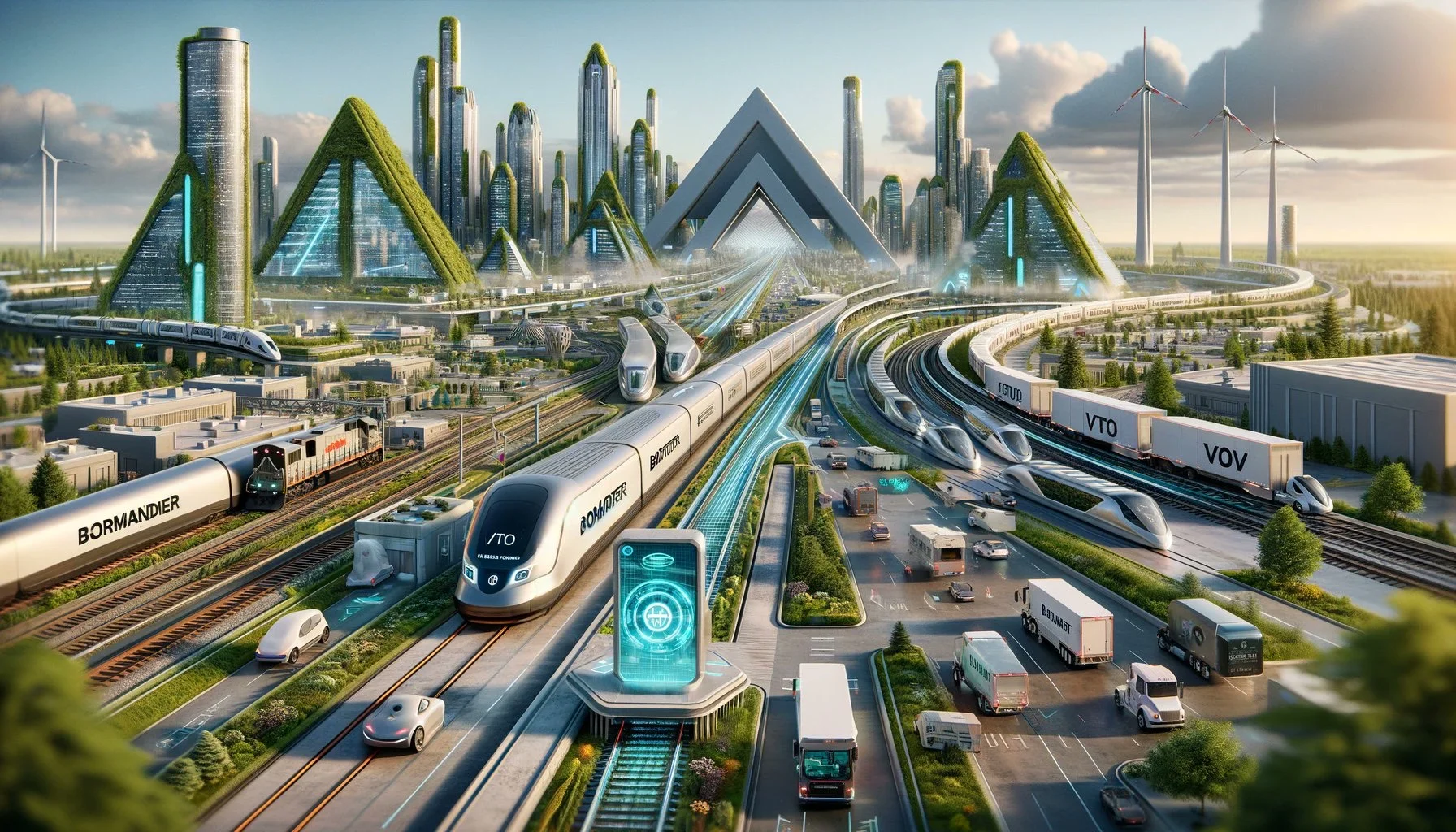
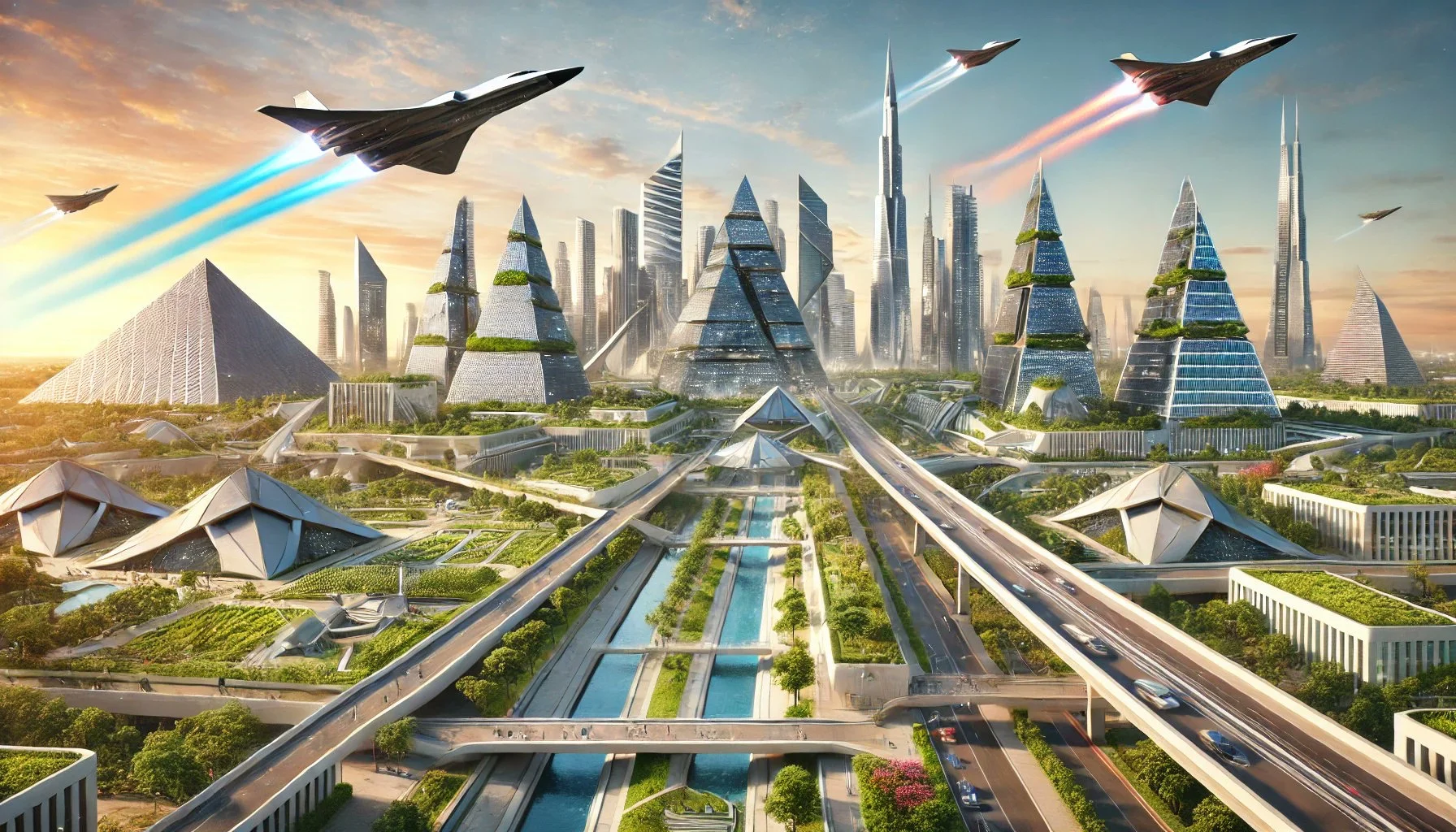

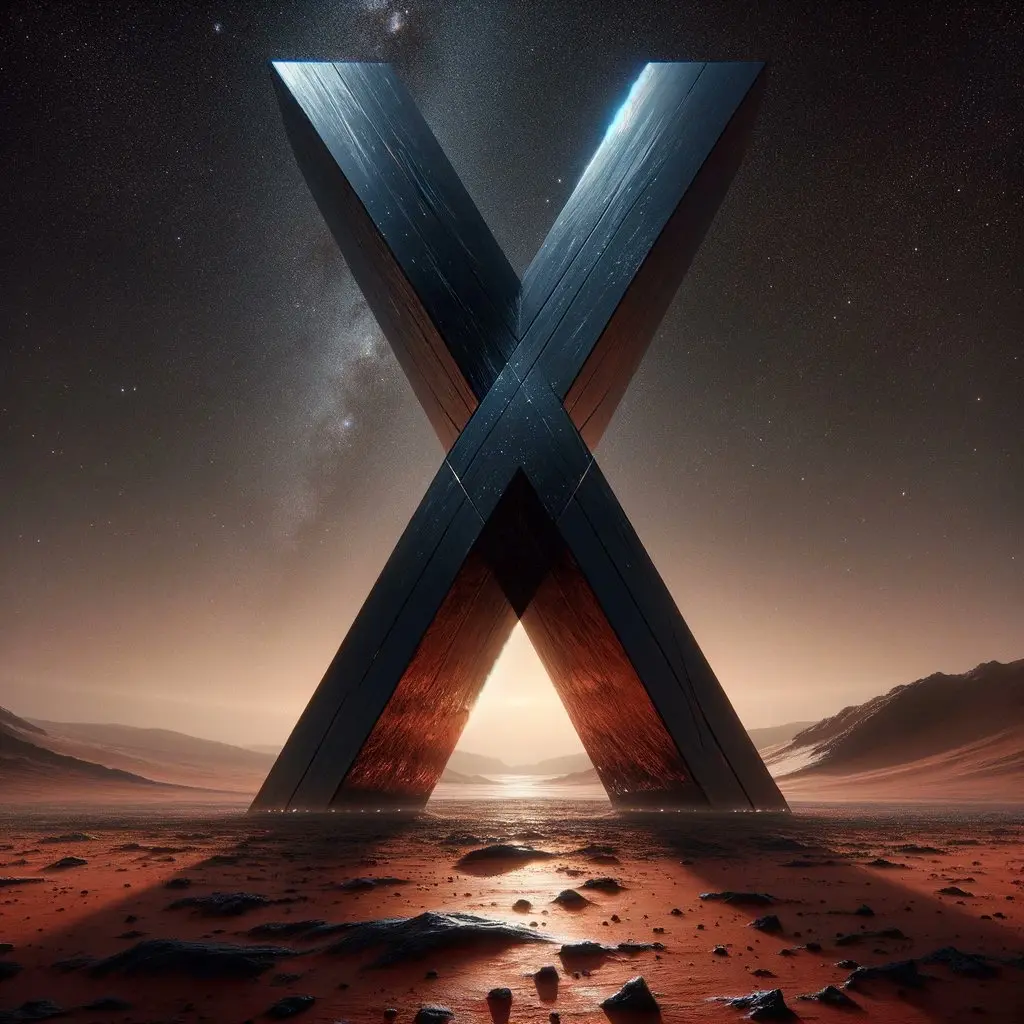
To see our Donate Page, click https://skillsgaptrainer.com/donate